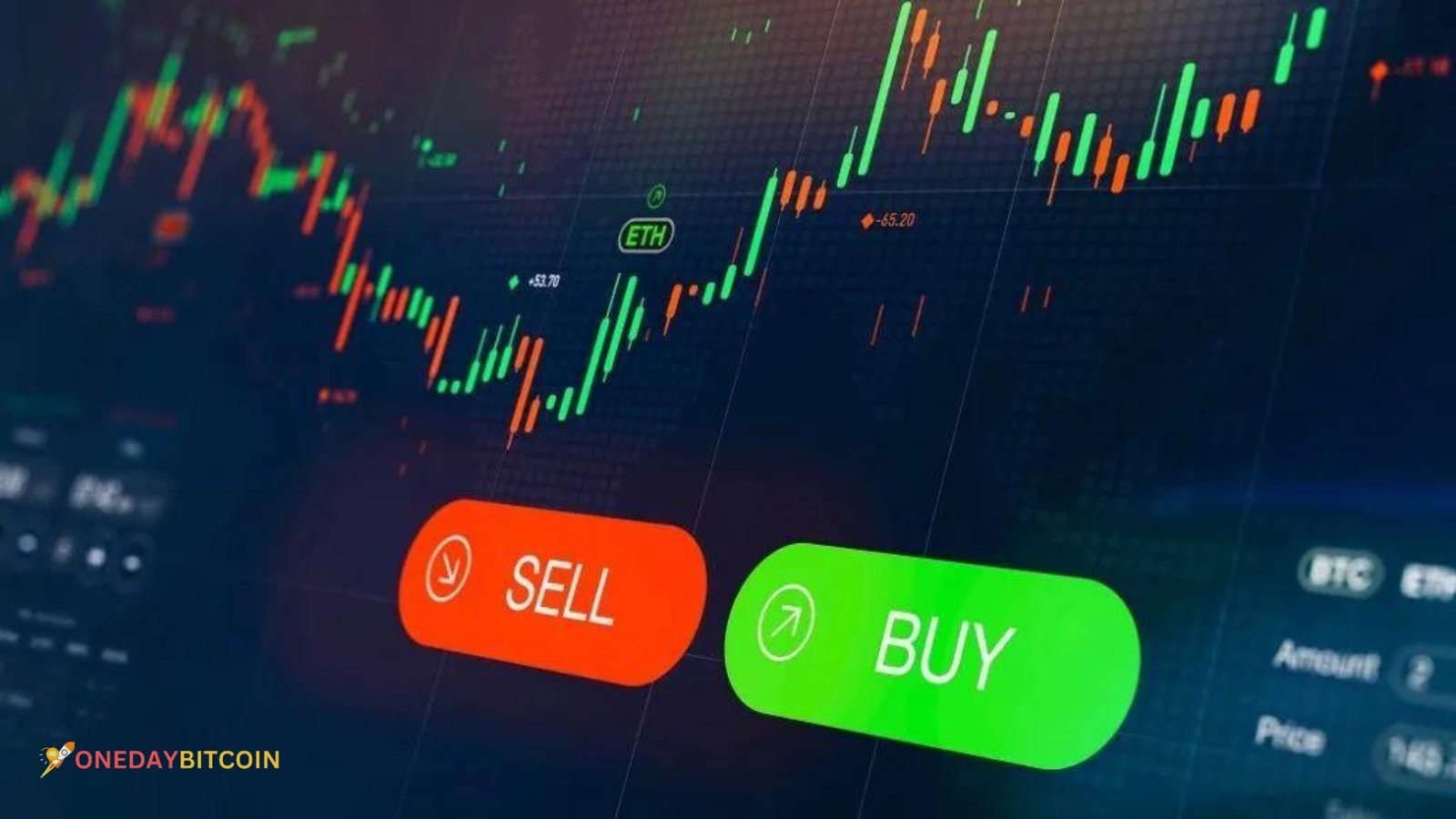A new game-changer in the ever-changing cryptocurrency industry is automated Bitcoin trading, which provides investors with a sophisticated approach to managing the turbulent world of digital currencies. Written with novice and experienced investors in mind, this essay delves into the ins and outs of automated Bitcoin trading, covering everything from mechanics to pros and downs.
Understanding Automated Bitcoin Trading
Automated Bitcoin trading involves using algorithms and software to execute trades on behalf of investors. These systems, often called trading bots or algorithms, operate based on predefined criteria and market indicators. The primary goal of automated trading is to enhance trading efficiency, minimize human error, and capitalize on market opportunities that manual trading may miss.
How It Works
Algorithm Development
Trading algorithms are designed to analyze market data, identify trading signals, and execute trades. They use various strategies, including technical analysis, statistical models, and machine learning techniques, to make informed trading decisions.
Integration with Exchanges
Automated trading systems are integrated with cryptocurrency exchanges via APIs (Application Programming Interfaces). Based on the algorithm’s signals, this integration allows the trading bot to place buy or sell orders in real-time.
Execution
Once the algorithm identifies a trading opportunity, it executes the trade without human intervention. The speed and accuracy of execution are crucial in the fast-paced cryptocurrency market.
Monitoring and Adjustment
Automated trading systems can continuously monitor market conditions and adjust trading strategies accordingly. This adaptive capability ensures that the system remains effective in changing market environments.
Benefits of Automated Bitcoin Trading
24/7 Trading
Cryptocurrency markets operate around the clock, and automated trading systems can monitor and trade without constant human supervision. This ensures that trading opportunities are not missed due to time constraints.
Speed and Precision
Automated trading systems can process data and execute trades in milliseconds. This speed and precision are particularly advantageous in the volatile cryptocurrency market, where prices can change rapidly.
Emotionless Trading
Automated trading eliminates emotional biases that can influence human traders. Decisions are based on data and predefined criteria, reducing the likelihood of impulsive or irrational trading behavior.
Backtesting and Optimization
Traders can backtest automated trading strategies using historical data to assess their performance. This allows for optimization and refinement of strategies before applying them to live trading.
Diversification
Automated trading systems can simultaneously manage multiple trading strategies and assets, providing diversification that might be challenging to achieve through manual trading.
Types of Automated Trading Strategies
Trend Following
This strategy aims to capitalize on market trends by buying when prices rise and selling when they fall. Automated systems can identify and follow trends based on technical indicators such as moving averages.
Arbitrage
Arbitrage strategies exploit price differences between different exchanges or markets. Automated trading bots can quickly identify and execute arbitrage opportunities, profiting from discrepancies in prices.
Market Making
Market-making strategies involve providing liquidity by placing buy and sell orders at different price levels. Automated systems can continuously adjust orders to profit from the bid-ask spread.
Mean Reversion
Mean reversion strategies assume that prices will revert to their historical average. Automated trading systems can identify deviations from the mean and execute trades based on the expectation of price correction.
High-Frequency Trading (HFT)
HFT strategies involve executing a large number of trades in a short period to profit from small price movements. Due to their speed and efficiency, automated trading systems are well-suited for HFT.
Considerations and Risks
- Market Volatility: The cryptocurrency market is highly volatile, and automated trading systems may not always adapt quickly to sudden price changes. It’s essential to implement risk management measures to mitigate potential losses.
- System Reliability: Automated trading systems depend on technology, and technical issues or glitches can impact performance. Regular monitoring and maintenance are necessary to ensure system reliability.
- Strategy Limitations: No trading strategy is foolproof, and automated systems may be limited by certain market conditions. It’s important to continuously evaluate and adjust strategies based on performance and market dynamics.
- Regulatory Compliance: The regulatory landscape for cryptocurrency trading varies by jurisdiction. Traders should know and comply with relevant regulations to avoid legal issues.
- Security: Automated trading systems and exchanges are potential targets for cyberattacks. Implementing robust security measures, including encryption and secure authentication, is crucial to protect assets.
Getting Started with Automated Bitcoin Trading
- Choose a Reliable Trading Bot: Select a trading bot or algorithm that aligns with your trading goals and strategies. Look for platforms with positive reviews, transparent performance metrics, and robust security features.
- Define Your Strategy: Develop and test a trading strategy that suits your risk tolerance and investment goals. Backtesting your strategy with historical data can help refine its effectiveness.
- Set Up and Monitor: Configure your trading bot with the chosen strategy and integrate it with your cryptocurrency exchange. Regularly monitor its performance and make adjustments as needed.
- Risk Management: Implement risk management techniques, such as setting stop-loss orders and diversifying investments, to protect your assets and minimize potential losses.
- Stay Informed: Stay updated on market trends, news, and regulatory developments. Continuous learning and adaptation are key to maintaining a successful automated trading approach.
Conclusion
Automated Bitcoin trading significantly advances how investors approach the cryptocurrency market. By leveraging algorithms and advanced technology, traders can achieve greater efficiency, precision, and emotional control. However, it’s important to recognize the associated risks and implement effective strategies and risk management practices. As the cryptocurrency market continues to evolve, automated trading will likely play an increasingly prominent role in shaping the future of digital asset trading.


